W Unident Union® Aesthetic treatment is not an accident. It is a process based on knowledge, artistry and technology - built around the needs of the patient who wants to look beautiful but natural.
This is why porcelain veneers in Unident Union® are loved by celebrities, journalists, artists and people who appreciate quality and class.
People from Warsaw, Krakow, the Tricity and also from abroad regularly come to our clinic in Wrocław - because they know that the smile project in the Unident Union® is more than a treatment. It is a conscious investment in natural beauty, with no artificial effect and no risk.
History and clinical examination, assessing the condition of the oral cavity: dentition, periodontium, occlusal conditions. Imaging diagnosis (X-ray and/or CBCT). Comprehensive treatment plan: treatment design with prosthetic restorations, extended by possible preparatory treatments (fillings, root canal treatment, scaling, periodontal therapy, extractions and bone augmentations), possible alternatives.
If indicated: hygiene, periodontal therapy, conservative treatment including root canal. Removal of old prosthetic restoration (if any). Possible extractions and preparation for implant prosthetics. Exposure of implants and placement of healing screws.
Taking initial impressions or digital scanning to plan the prosthetic restoration. Making diagnostic models for occlusion analysis and future restoration planning.
Preparation of the pillar teeth for crowns or bridges with the correct geometry. Embedding transfers or abutments on implants (if treatment involves implants). Taking a precise impression or digital scan. Recording of occlusal relationships. Selection of the colour and shape of the future restoration (in collaboration with the patient). Assembling the provisional work.
In the case of crowns and bridges, trial of metal or zirconia construction. Assessment of the fit of the restoration to the teeth or implants. Checking contact points and occlusal relationships. Trial of acrylic or framework denture (in case of removable dentures). Assessment of stability, retention and patient comfort.
Fabrication of the final prosthetic restoration, aesthetic trial. Patient approval of aesthetics (colour, shape, positioning).
Cementation of veneers and crowns or bridges on own teeth or implant pillars. Cementation of implant-supported crowns (for screw-retained restorations) and full arch bridges, i.e. implant-supported dentures. Instructions for the patient on hygiene and care.
Early inspection, assessing the function of the restoration (comfort, retention, stability). Correction of occlusion or pressure points (if required). Hygiene education.
Follow-up visits every 6-12 months to assess the condition of the restoration and oral tissues. Monitoring of occlusal conditions. Periodic adjustment or repair of removable dentures (e.g., padding, replacement of brackets). Replacement of veneers, crowns, bridges or dentures, related to the passage of time, anatomical and functional changes.
You will receive full information about your treatment plan along with a cost estimate prior to treatment. Choose a convenient form of payment - by card, cash or bank transfer.
Take advantage of the Comfino or mBank instalment system - convenient solutions that allow you to spread the cost of your treatment into convenient instalments.
Missing teeth, even single teeth, should be replaced as soon as possible after tooth loss. The loss of even a single tooth can lead to adverse consequences for the entire of the masticatory system. There can be wandering of adjacent teeth (tilting, rotating) and "elongation" of opposing teeth striving for contact. All this can lead to the loss of further teeth. Other complications include: changes in the temporomandibular joints, manifested by morning pain in the facial muscles and headaches in the temporal area, as well as disorders of the gastrointestinal tract. A separate problem is aesthetic disorders: incomplete smile, shortening of the lower face, collapse of the siThe formation of wrinkles around the lips or the increased formation of wrinkles around the mouth (seeDental Face Lifting®)
The selection of a prosthetic restoration that is suitable for a particular patient depends on a number of factors:
For many years, a commonly used prosthetic restoration in this situation has been a full denture. The advantages of this solution are its availability and low cost, as well as its satisfactory aesthetic effect. Its disadvantages, however, are the low comfort of use and the permanently atrophied bone base under the prosthesis. This prosthesis only slightly recreates the lost chewing function and, due to the large area of palate covered by the plate, impairs the perception of the taste of the food being eaten. Implant-based restorations are an alternative solution that is far more effective and impressive in reproducing missing teeth. We can mention here:
In order to maximise the "lifespan" of fixed prostheses, it is necessary to implement special hygienic procedures with the use of additional hygienic utensils (in addition to a toothbrush). Particular attention is required in the gingival area of crowns and bridges due to the tendency to build up plaque and difficulties in cleaning. Recommended utensils are:
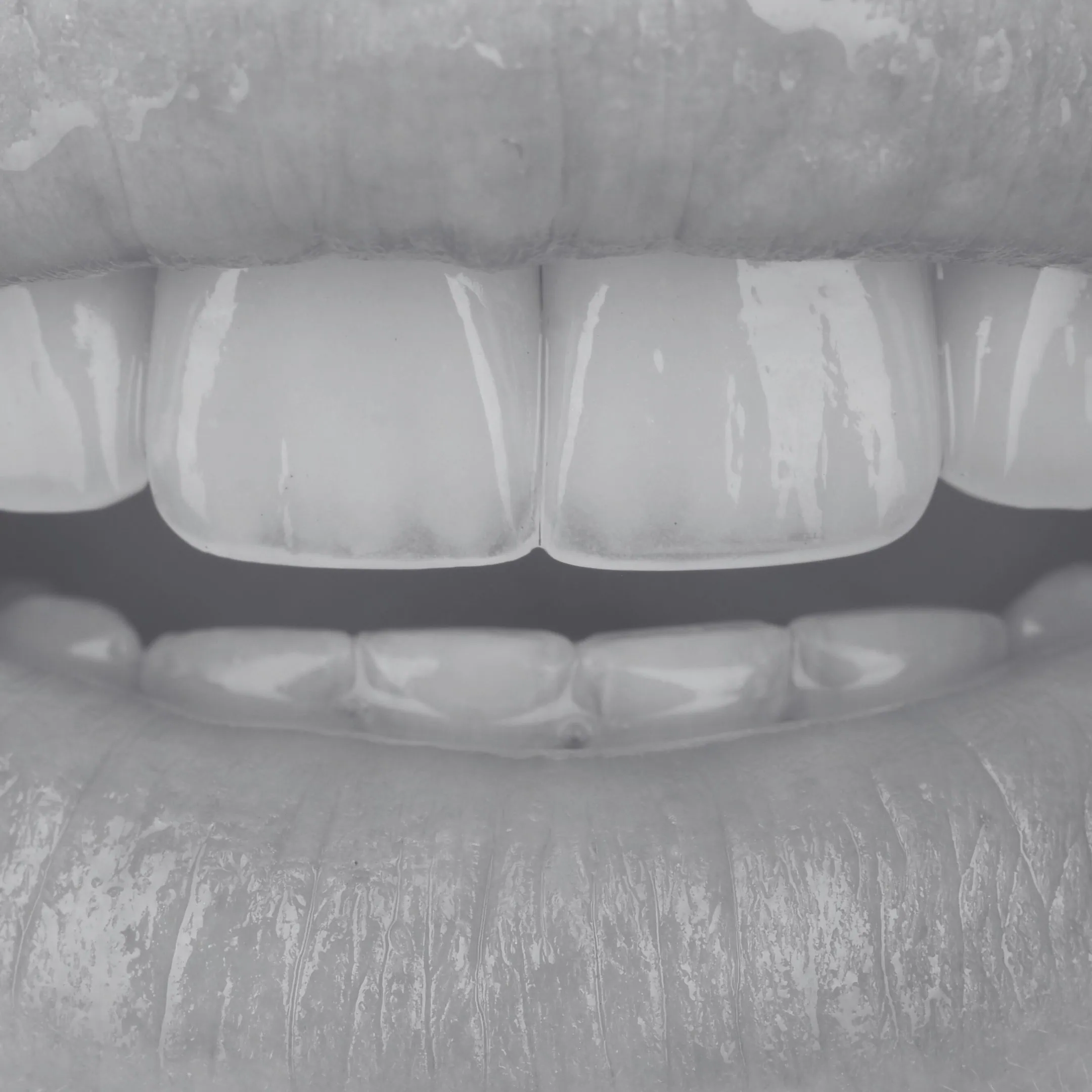
Find out what makes us different
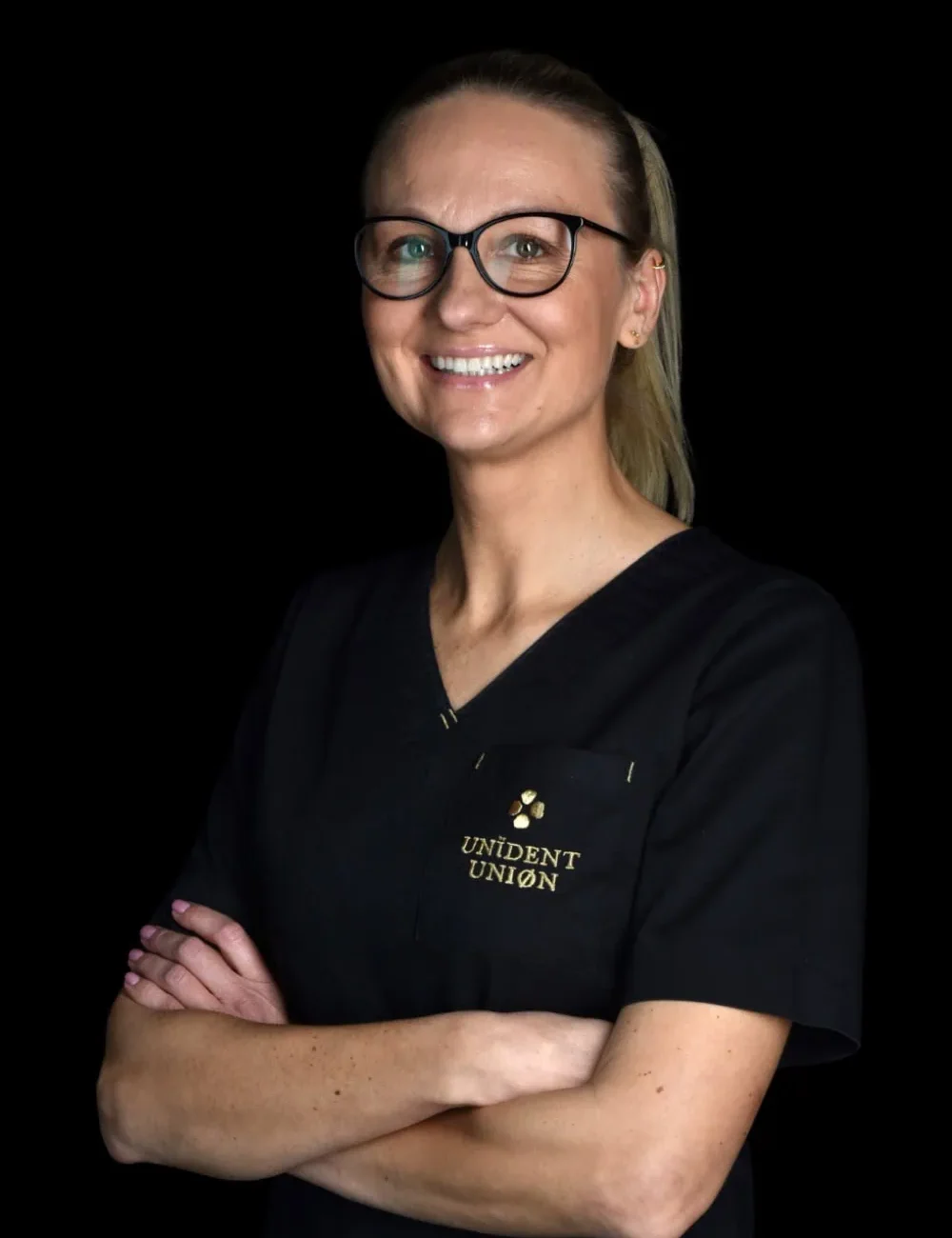
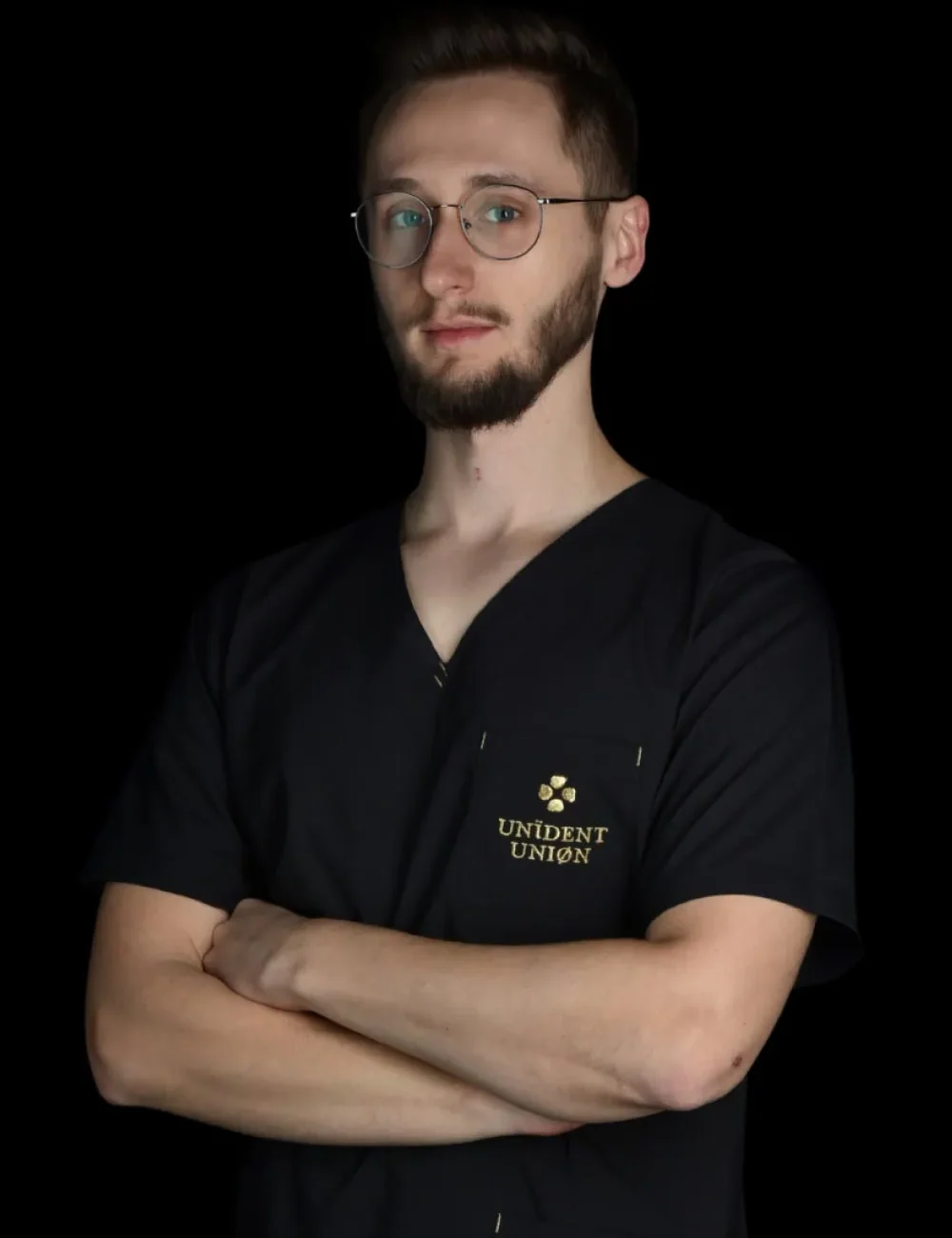
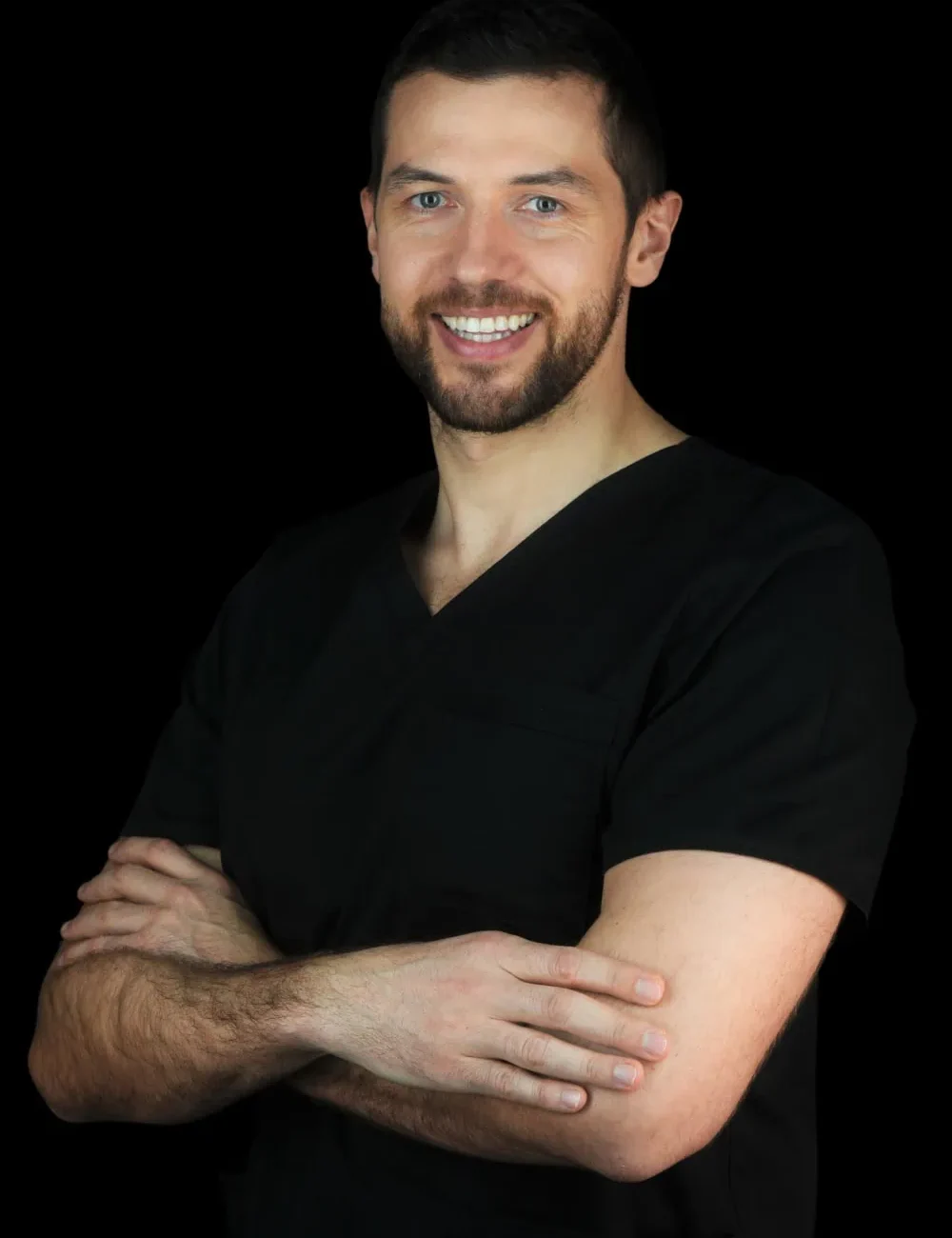

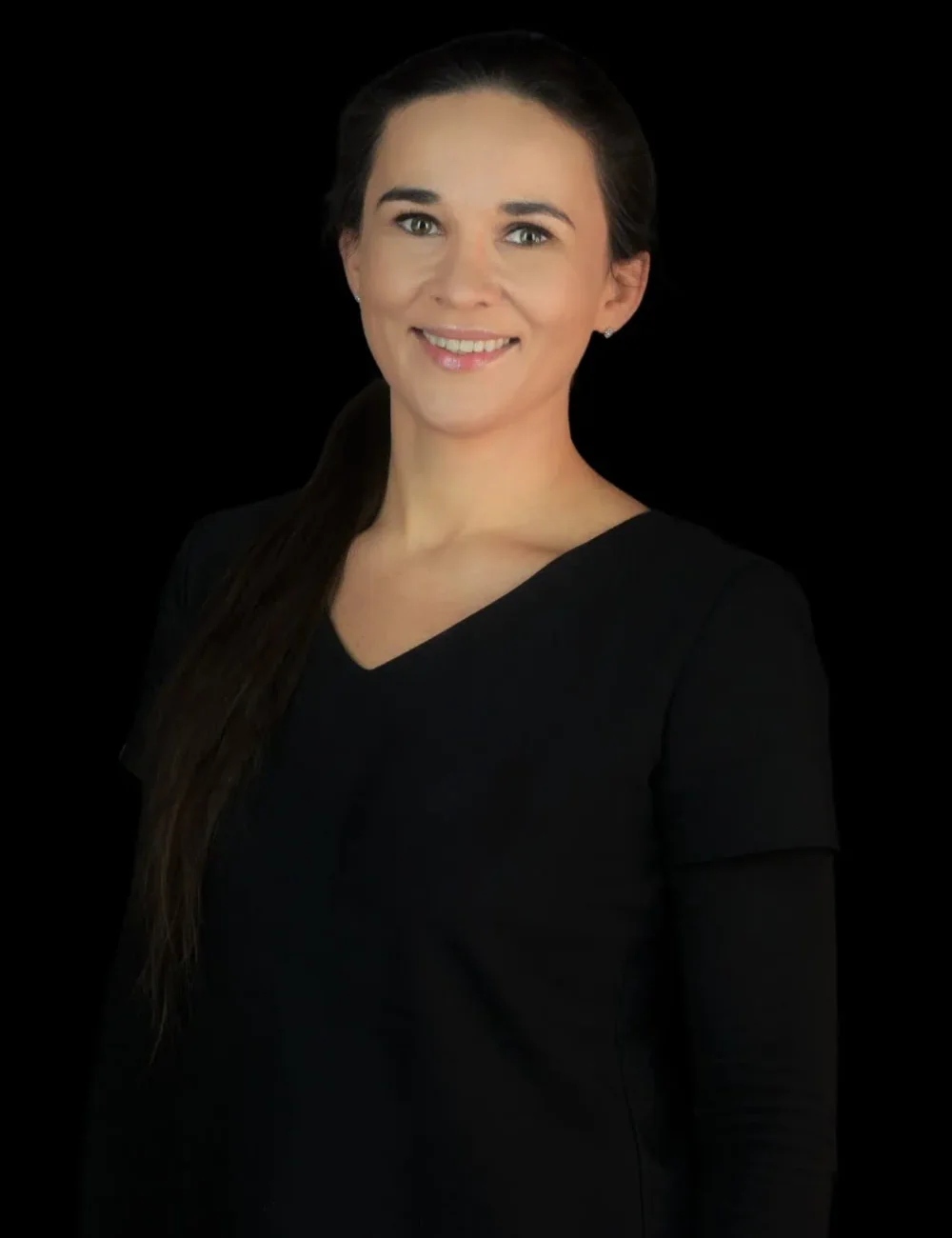
Choose experienced specialists who are passionate about combining professionalism, modern technology and innovative treatment methodsto provide you with comprehensive care at the highest level. Thanks to individual approach to each patient we not only help achieve a healthy and beautiful smilebut also preserve its natural appearance for many years to come.